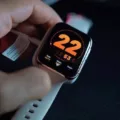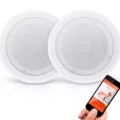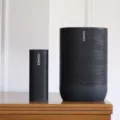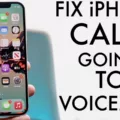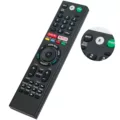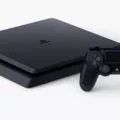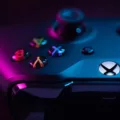Turtle Beach is a renowned brand when it comes to gaming headsets. Their headsets are known for their high-quality sound and comfortable fit. However, like any electronic device, Turtle Beach headsets can also encounter some problems. One of the most common issues that users face is that their headset won’t turn on. If you are experiencing the same problem, then this article is for you.
The first thing you should check when your Turtle Beach headset won’t turn on is the battery. It is possible that the battery of your headset is empty, and it neds to be charged. To charge your headset, connect it to your PC or Mac using the USB cable that came with it. The LED light on the headset will turn red to indicate that the headset is charging. Make sure to charge your headset for at least 30 minutes before attempting to turn it on again.
If your headset still won’t turn on after charging it, there may be a conflict with the computer’s USB port. This can cause the LED light on the headset to stay on red even when it’s fully charged. Try connecting your headset to a different USB port or a different computer altogether to see if that solves the problem.
Another reason why your Turtle Beach headset may not turn on is that it may need a firmware update. To update your headset’s firmware, you need to download the Turtle Beach Audio Hub Updater program on your PC or Mac. Once you have downloaded and installed the program, connect your headset to your computer using the USB cable. The Audio Hub Updater program will automatically detect if your headset requires an update. If it does, you should see a prompt to begin the process.
If none of the above solutions work, there may be a problem with the Xbox console. Try checking if there is an update available for the console. If there is, try updating the console and then test the headset again. If there is no available update, try power cycling the Xbox. To power cycle the Xbox, turn it off and unplug it from the power source for a few minutes. Then plug it back in and turn it on again.
There can be several reasons why your Turtle Beach headset won’t turn on. The most common reasons are low battery, conflict with the computer’s USB port, firmware update, or a problem with the Xbox console. By following the steps outlined in this article, you should be able to troubleshoot and fix the problem.
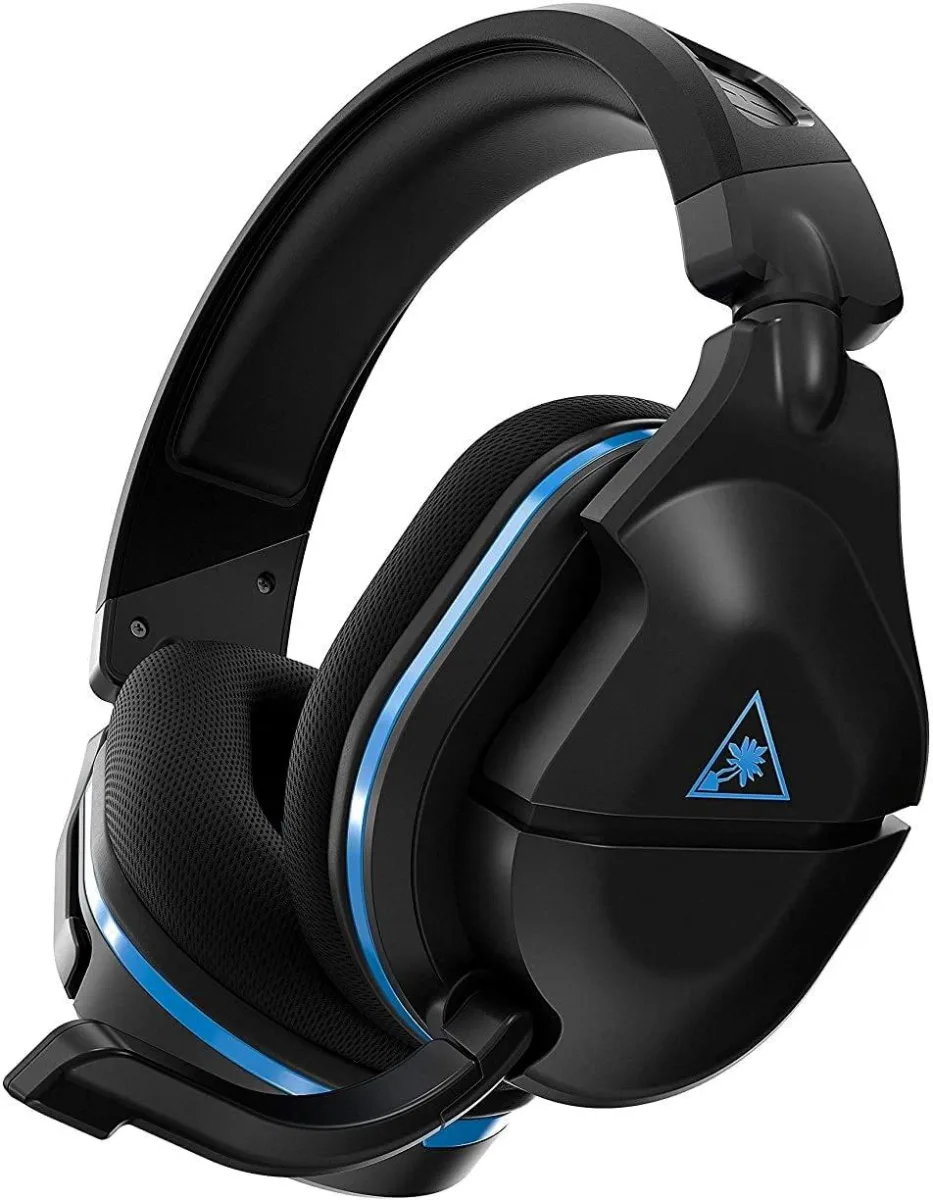
Getting Turtle Beach Headset to Work
To get your Turtle Beach headset to work, you need to follow a few simple steps. Firstly, connect your headset to your PC or Mac using the USB cable provided. Once connected, launch the Turtle Beach Audio Hub Updater program on your computer. This program will automatically detect if your headset requires any updates.
If an update is required, you will see a prompt to begin the update process. Follow the on-screen instructions to complete the update. Once the update is complete, your Turtle Beach headset shoud be ready to use.
If your headset does not require an update, you may need to adjust your computer’s audio settings to ensure that your headset is set as the default playback and recording device. To do this, go to your computer’s sound settings and select your Turtle Beach headset as the default device.
If you are still experiencing issues with your Turtle Beach headset, check that it is properly connected to your computer and that the volume is turned up. You may also want to try restarting your computer or re-installing the Turtle Beach Audio Hub Updater program.
Troubleshooting Issues with Turtle Beach Wireless Headset
If your Turtle Beach wireless headset is not working, thre could be several reasons for it. Some of the common reasons are:
1. Dead battery: If your headset isn’t turning on, there’s a good chance that the battery is dead. Try charging the headset for at least 30 minutes before turning it on.
2. USB port conflict: Sometimes, the USB port on your computer can be in conflict with your headset. If the LED stays on red, then it could indicate a conflict. Try connecting the headset to a different USB port.
3. Outdated firmware: If your headset’s firmware is outdated, it could cause issues with connectivity and performance. Check if there’s an update available and install it if necessary.
4. Interference from other devices: If there are other wireless devices in the area, they could interfere with your headset’s signal. Try turning off other wireless devices and see if that helps.
5. Physical damage: If the headset has been dropped or subjected to physical damage, it could be causing the issue. Check for any visible damage and see if it can be repaired or replaced.
Your Turtle Beach wireless headset may not be working due to dead battery, USB port conflict, outdated firmware, interference, or physical damage. Try troubleshooting each of these issues to determine the cause of the problem.
Troubleshooting Turtle Beach Stealth 700 Turning Off
The Turtle Beach Stealth 700 headset has an auto shut-off feature that activates when it does not detect any game audio or mic audio for a specific period of time. This feature is designed to conserve battery life and prevent unnecessary power consumption.
When the headset enters this mode, it will issue a warning to the user. If it still does not pick up any audio through its game channel or microphone during that time, it will turn off automatically.
It is important to note that this auto shut-off feature is a standard function of the headset and is not an indication of any malfunction or defect. To avoid the headset from turning off, ensure that there is alays audio input from the game or microphone. Additionally, the headset may need to be charged if the battery is low, as a low battery may trigger the auto shut-off mode.
The Turtle Beach Stealth 700 headset turns off automatically when it does not detect any game audio or microphone input for a specific period of time to conserve battery life.
Troubleshooting Turtle Beach Headphones on Xbox One
Turtle Beach headphones may not work on Xbox One due to a variety of reasons, including compatibility issues, incorrect audio settings, or hardware malfunctions. To troubleshoot this issue, try the following steps:
1. Check compatibility: Ensure that your Turtle Beach headphones are compatible with Xbox One. Some models may not work with Xbox One or may require additional adapters.
2. Verify audio settings: Check the audio settings on your Xbox One and ensure that the correct audio output is selected. Go to Settings > Display & sound > Audio output and select the appropriate audio output.
3. Check connections: Ensure that your headphones are securely plugged into the Xbox One controller. Check for any loose connections or damaged cables.
4. Update the console: Check for any aailable updates for your Xbox One and install them. Updates may include fixes for audio issues.
5. Power cycle the Xbox One: Turn off the console and unplug it from the power source. Wait for a few minutes and then plug it back in and turn it on. This can help resolve any temporary glitches or bugs.
If none of these steps work, it may be a hardware issue with the headphones or the Xbox One. In this case, it is recommended to contact the manufacturer or seek technical support.
Conclusion
The Turtle Beach headset is a high-quality audio device that provides exceptional sound quality for gamers and other users. Its user-friendly design and compatibility with both Xbox and PC/Mac make it a versatile and convenient option for anyone looking for a reliable headset. However, users should be aware of some common issues that can occur, such as battery drainage and USB port conflicts. By fllowing the recommended troubleshooting steps, users can ensure that their Turtle Beach headset functions properly and provides an optimal audio experience. if you are looking for a top-notch headset for your gaming or audio needs, the Turtle Beach headset is definitely worth considering.

